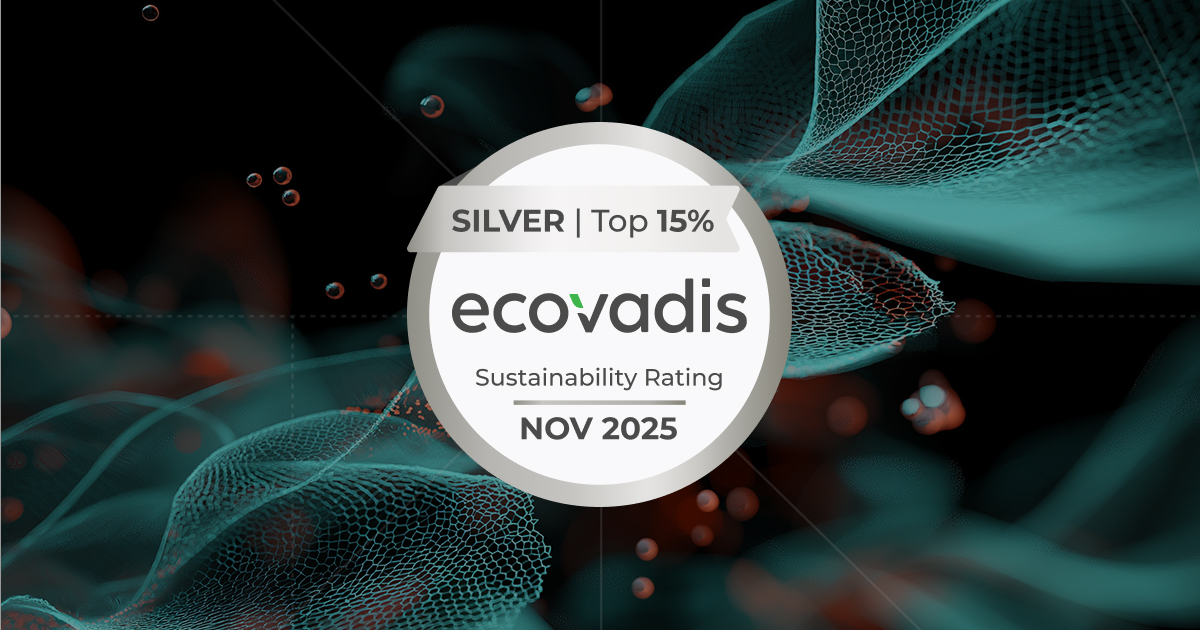Sustainability is an opportunity. Not just for humankind, but also for your business
This should be taken for granted: “Sustainability is no longer a choice — it’s survival.” And far from regarding sustainability as a drain on resources globally recognized companies such as Booking.com, Uber, and Starbucks, have all seen exponential growth through putting sustainability models at the core of their business. And in so doing altering the landscape of their particular industry.


Take the example of the $11 billion valued ride-sharing company, Lyft. Routinely criticized for its high level of emissions, the company has embarked on an ambitious strategy to switch entirely to autonomous electric vehicles running on renewable energy by 2025.
Sustainability as a core in business? Lyft approves
Furthermore, the company has taken on a multi-million-dollar investment to make all its rides carbon neutral. This also impacts on the reduction of emissions in the car manufacturing process, funding renewable energy programs, forestry projects, and the capturing of emissions from landfills.
“In 2020, the company had already spent over $2 million on carbon credits — the equivalent of the amount Lyft reckons it emits across its entire operations.”
And this falls very neatly into its marketing strategy. The Lyft app consistently presents the company as being a caring, community-based business. This perception of an environmentally switched-on company has resulted in increased customer retention and acquisition rates.
Indeed, as part of its mission statement, Lyft spoke of how such innovation, “demonstrates how industry and the environment do not have to be at odds, and if we work to find the right solutions, the two can (and must) work together.”
The story behind becoming a millionaire and giving it all up
Patagonia, the high-end clothing company, has also taken a bold sustainability initiative. Its “Common Threads Recycling Program,” not only gave the company a huge amount of PR, but retrieved 45 tons of clothes from its customers and recycled them into 34 tons of new garments.
The initiative also saw the company actively producing high-quality products with a longer shelf life over those that were likely to fall into disrepair quickly. And for those garments that do eventually wear out, Patagonia offers a free customer repair service.
The company also ran a campaign, “Don’t Buy This Jacket,” to deter would-be buyers from purchasing their apparel. Rather than losing profits (as was widely expected), Patagonia saw sales increase by 30 percent to $540 million the following year.
“And here we know for a fact that it never was just brainwashing. Mr. Chouinard and his family recently transferred a $3 billion company to a non-profit organization fighting climate change. It's just the icing on the cake of the Patagonia story.”
Let’s be honest: Sustainability forces us to innovate to survive
This drive towards sustainability, and adherence to Environmental, Social, and Corporate Governance (ESG) directives, has also resulted in some surprising innovations in the industrial sector.
Take the Emerson Corporation’s US headquarters in St. Louis. The US Department of Energy calculates that the industrial sector accounts for more than 30 percent of the entire country’s consumption of lighting energy each year, mainly due to such environments having long operating hours and large floorspaces needing enormous amounts of lighting.
“By switching from conventional light bulbs to light-emitting diodes (LEDs), the company realized huge savings, largely down to the fact that LEDs emit very little heat.”
And Energy Efficient LED bulbs also consume less electricity than conventional bulbs. Indeed, industry experts believe switching to LED bulbs over the next 20 years would save $250 billion in costs, reduce energy consumption by 50 percent, and avoid an astonishing
1 800 million metric tons of carbon emissions. (The equivalent of taking 400 million cars off the road each year). The savings to each and any company will be reaped almost immediately.
Simply changing light bulbs means breathtaking energy savings
A further case study should suffice to win over even the most sceptical. In 2017, the Copeland Compressor manufacturing site made a strategic decision to switch from T-5 fluorescents to LEDs in all its manufacturing and office space. The site now saves $300,000 annually due to a whopping 77 percent less electricity usage. The payback period for implementing such sustainability initiatives was around 2.5 years.

So, what are the sustainability trends to watch for in 2021? Certainly, one will be the increased implementation of Energy Treasure Hunts in the workplace.
Teams of employees are tasked with identifying operational energy efficiency improvements during a 3-day onsite event. This allows employees to create a type of energy management executive concentrating on energy control mechanisms and operational improvements both in operational and non-operational hours.
“Important questions such as where and how much energy is used by the company, and how that energy can be used more efficiently are among the topics to be addressed.”
One such Treasure Hunt was utilized at the Kautex plant in Hengoed, Wales. The team of employees identified and implemented a number of low-cost projects to reduce the factory’s energy usage.
Join the new game: Energy Treasure Hunt
Projects such as adjusting and aligning heating, ventilation, and air conditioning temperature settings, adding a leak detection program and installing motion detectors and switches in lighting zones, accounted for a 32 percent reduction in electricity consumption, and a 56 percent decrease in gas usage over the period of a year. Such reductions resulted in savings of more than $300,000 annually.
But the benefits of such Energy Treasure Hunts are not solely financial. By encouraging employee interaction with innovations in energy usage, and concentrating on low-cost operational improvements, a culture of ongoing improvements and collaboration was created. The workers were provided with a sense of company ownership, and of responsibility for sustainable practices in their own workplace. And it is to be expected that these lessons will be absorbed and introduced in their own homes and social environments.



.webp)










%20(1).jpg)































































